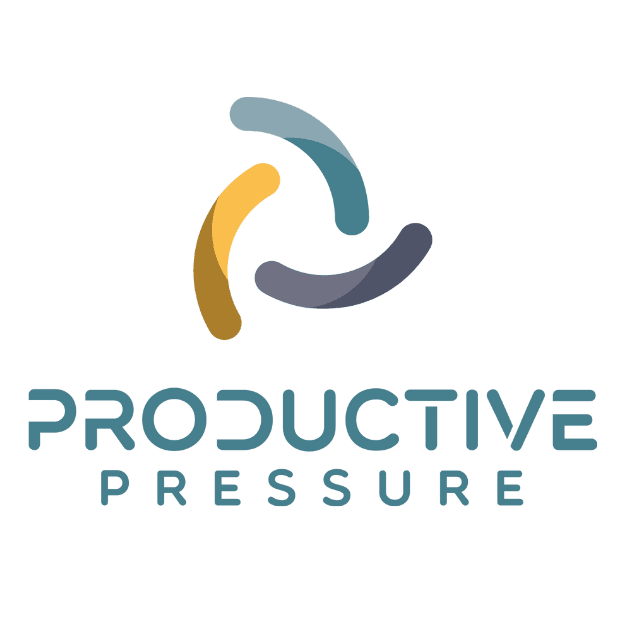
In many businesses, the traditional hourly or per-service billing model has been the norm for decades. But – this approach is gradually giving way to more sustainable and customer-friendly options. Recurring revenue models, like subscriptions and retainers, are gaining traction as businesses pursue more predictable income streams and clients seek stability in their financial planning. There are several reasons why recurring revenue models may make sense for your business and can help it thrive. Here are just a few:
- Consistent cash flow and stability
- Adjusting to advances in technology
- Charging for value and outcomes instead of for time
- Providing a better customer experience
- Personalization: the Amazon effect
Now let’s take a closer look at each of these benefits.
Consistent Cash Flow and Stability

From a practical standpoint, transitioning to recurring revenue models will give your business a more consistent cash flow. This not only ensures financial stability, but also allows clients to budget effectively, knowing their predetermined costs over a specific period. From your perspective as a business owner, you can better manage your cash flow and create more financial stability for the business, which ultimately will make it more valuable when the time comes for you to make your exit.
Adjusting to Advances in Technology
Change is inevitable. Embracing it and getting ahead of it is a lot easier than waiting until it pulls you under. Successful businesses need to adapt. Technology and artificial intelligence are reshaping industries, which makes relying solely on hourly billing a challenge. Clients may hesitate to pay by the hour if they believe your time efficiency is increasing, making it essential for businesses to embrace more forward-thinking revenue models. Bottom line: as technology advances and tasks become more efficient, the traditional hourly billing model swiftly becomes outdated. Charging clients by the hour can lead to inefficiencies, frustration, and a transactional rather than a value-driven relationship.
Charging for Value and Outcomes instead of Time
I believe we’d be hard-pressed to find a customer who is true fan of the old-school billable time model. Feeling nickeled and dimed for every interaction can lead to client frustration, highlighting the importance of transparent and client-friendly pricing models. As a business owner, this kind of billing is also usually unpredictable, which makes it that much harder to efficiently scale your business. In contrast, recurring revenue models offer scalability and encourage long-term partnerships with clients rather than transactional relationships. Clients are willing to pay for results and outcomes rather than the time it takes to achieve them. While this isn't a fit for every business (eg: divorce lawyers!) value-based recurring revenue models make sense for many service providers. Think about it this way: the only way you can make more money through a billable time model is to work more hours. And that can be really exhausting. You want to do more with your life than work, right? Billable time also can stifle creativity – you can usually be more creative if you're not just trying to either fit within the number of hours you have available, or make the work fit the number of hours available by making it take longer.
Providing Better Customer Experience

Moving to a recurring revenue model has benefits for you, but also provides additional value for your customers. These include easier financial planning, predictable costs, ongoing support, and a more collaborative relationship. In addition, a client can think of a retainer as an investment in a long-term partnership. This allows you to provide a higher level of customer experience (something many consumers are starving for). For inspiration, look at sectors like concierge medicine, where subscription models have already been successfully implemented. For a pre-determined retainer fee, patients have access to a doctor whenever they need one. And because they’re using a recurring revenue model, practices can budget for an ideal number of patients, so appointments are readily available, and doctors have sufficient time to spend with patients when they come in.
Personalization: The Amazon Effect
Recurring revenue models also offer room for flexibility and customization. By offering different subscription levels and add-on services, businesses can cater to a diverse set of clients, while maintaining a consistent and predictable income stream. We all love customization and feeling like services are perfectly tailored to our needs. Think of it as The Amazon Effect. We love the customized choices and the near-instant gratification offered by Amazon. It’s easy to see how subscription services can add value across different industries, emphasizing the need for businesses to adapt and innovate. In fact, the recent integration of One Medical into the Amazon portfolio shows how even tech giants recognize the value of this kind of approach. As we navigate an era of technological advancement and shifting consumer expectations, businesses have no choice but to reconsider their revenue strategies.
Embracing recurring revenue models and value-based pricing isn’t a trend – it's a strategic move toward long-term success and client satisfaction.
By adapting to changing dynamics, businesses can future-proof themselves and build lasting partnerships with their clients. The time for this shift is now, and those who embrace it will thrive in the evolving landscape of business.
